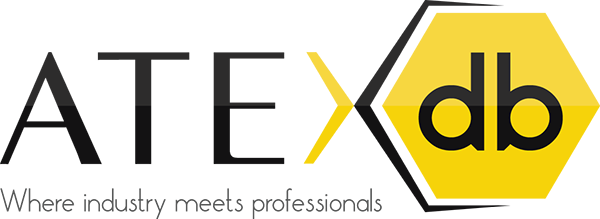Addressing operator competency
06/20/2017
Fortunately, both leading and lagging indicators can reveal operator competency challenges before more serious consequences occur.
Look in, look out: The most obvious leading indicators are operator performance and knowledge, which are best assessed through a review. Can operators explain the process, the important process variables and how they are controlled? What are typical disturbances and standard procedures? Are they consistently completing tasks, making good use of the control systems and effectively managing upset conditions?
The work environment is a less direct measure, but can provide a powerful indicator of problems. Symptoms of high stress or low morale among operators, or high staff turnover and absenteeism, can be indicative of concerns over competency. If operators are not confident that they are able to run the plant well, the chances are that they will not.
However, it is not enough just to listen to operators. Listen to what others are saying: Are safety and environmental authorities giving poor reviews and identifying operator performance? Are underwriters’ concerns about increased upsets or environmental emissions pushing up premiums? Is customer satisfaction suffering due to difficulties meeting schedules, or quality and specification requirements?
Listen to what the data is saying, as well. Trends in production performance can reveal competency problems: rising operating costs due to lower yields; higher energy and chemicals costs or falling catalyst activity; increased reruns of off-spec products; and rising numbers of incidents. Competency may not be the root cause in each case, but it often is a contributing factor.
Take action: Any operator competency gap must be closed, and this requires a framework for evaluation and intervention. This framework is best based on continuous performance evaluation, both for new hires after training to identify weaknesses in specific competencies, and after an operator is “certified.” Continuous monitoring identifies any drift from expected performance.
Deviations from expected norms must be identified, mapped to a competency gap, closed by refresher training, and continuously monitored to prevent future issues. Therefore, an ability to identify specific competency gaps and suggest training is essential.
One method is to examine an operator’s roles and responsibilities and identify the required competencies and proficiencies. For console and field operators, for example, a key responsibility is to operate under normal conditions. This, in turn, requires a set of competencies: operating unit controls, interacting with other units and executing a shift handover. These are linked to behaviours: explaining unit control schemes, manipulating controls with-out adversely affecting the unit, troubleshooting control loops, and so on.
Finally, each competency can be assigned a proficiency level, from “aware” to “knowledgeable,” “skilled” and “master.” In this way, the competency model not only identifies gaps, but also specifies the training needed to close them and meet the needs of both the staff and the business.
Article originally published in the official Gastech 2017 Show Daily Newspaper by Gas Processing.

